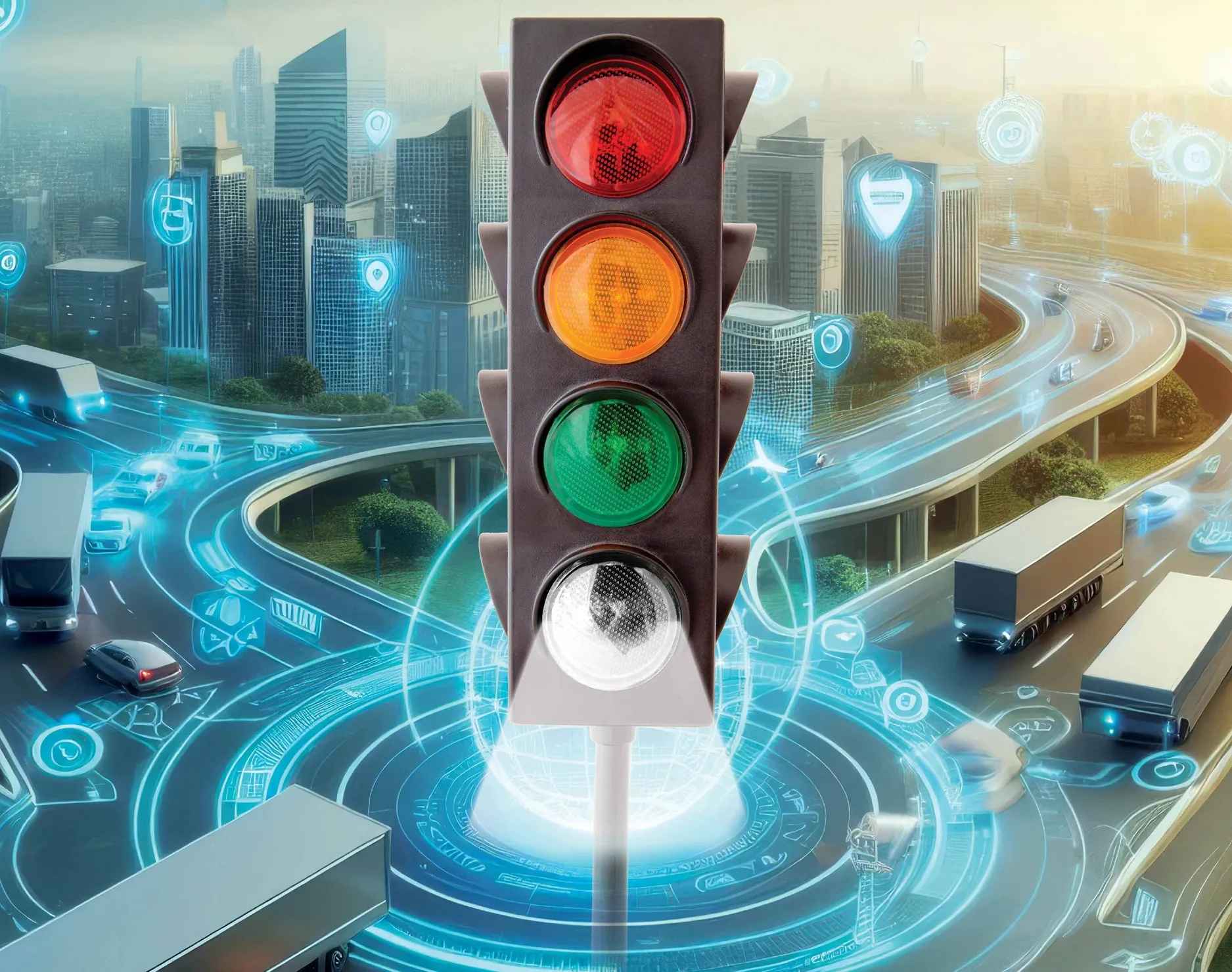A new study, Autonomous Driving, by Roland Berger Strategy consultants finds that automatic driving will generate additional revenue volume of up to US$40 billion in component sales in the period through 2030. In addition, new software solutions needed for automated driving will reach a global market volume as high as 20 billion dollars by 2030.
There are specific technologies to be mastered, to a large extent unknown territory for both OEMs and suppliers and considerable investments will be needed to de
December 5, 2014
Read time: 2 mins
A new study, Autonomous Driving, by Roland Berger Strategy consultants finds that automatic driving will generate additional revenue volume of up to US$40 billion in component sales in the period through 2030. In addition, new software solutions needed for automated driving will reach a global market volume as high as 20 billion dollars by 2030.
There are specific technologies to be mastered, to a large extent unknown territory for both OEMs and suppliers and considerable investments will be needed to develop these and the required capabilities
Automatic driving has the potential to fundamentally transform the automotive industry in the coming years – be it through innovative software technologies and vehicle models or new ways of using cars, such as "mobility on demand". The expectation is that cars will be able to drive completely autonomously from 2030 onward, without the driver taking an active role. The market potential for the automotive industry is huge.
The Roland Berger experts expect sales of components like cameras, sensors and communication systems to add some US$30 to 40 billion to the size of the global market. Further revenues worth US$10 to 20 billion could then be generated from the sale of advanced software and related services.
"Automatic driving will initially become established in a gradual process, but after 2030 it will bring a real revolution to the auto industry," explain Wolfgang Bernhart and Marc Winterhoff, senior partners at Roland Berger Strategy Consultants. "So OEMs and suppliers should already be thinking about the role they want to occupy in this market of the future, and design their business model around that."
There are specific technologies to be mastered, to a large extent unknown territory for both OEMs and suppliers and considerable investments will be needed to develop these and the required capabilities
Automatic driving has the potential to fundamentally transform the automotive industry in the coming years – be it through innovative software technologies and vehicle models or new ways of using cars, such as "mobility on demand". The expectation is that cars will be able to drive completely autonomously from 2030 onward, without the driver taking an active role. The market potential for the automotive industry is huge.
The Roland Berger experts expect sales of components like cameras, sensors and communication systems to add some US$30 to 40 billion to the size of the global market. Further revenues worth US$10 to 20 billion could then be generated from the sale of advanced software and related services.
"Automatic driving will initially become established in a gradual process, but after 2030 it will bring a real revolution to the auto industry," explain Wolfgang Bernhart and Marc Winterhoff, senior partners at Roland Berger Strategy Consultants. "So OEMs and suppliers should already be thinking about the role they want to occupy in this market of the future, and design their business model around that."










